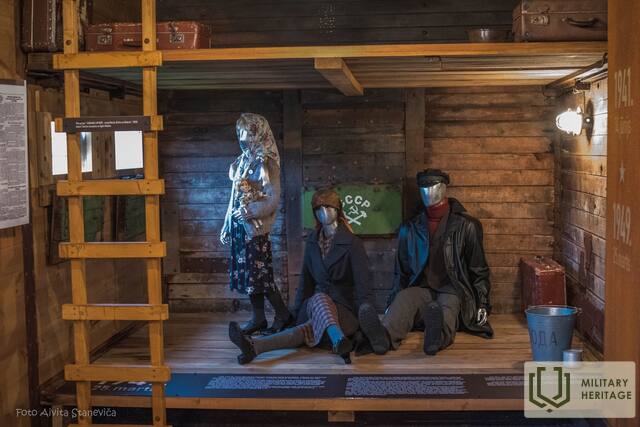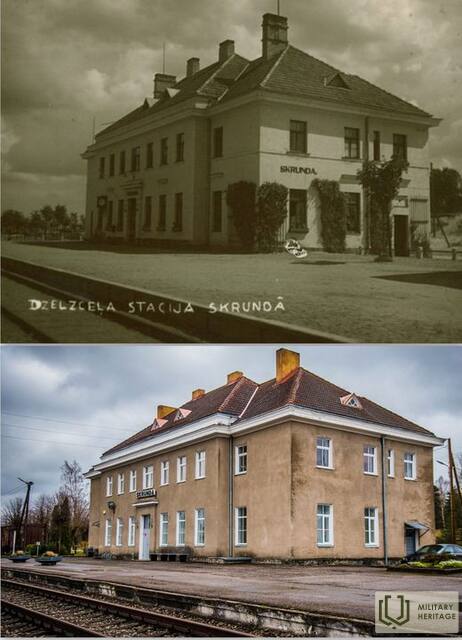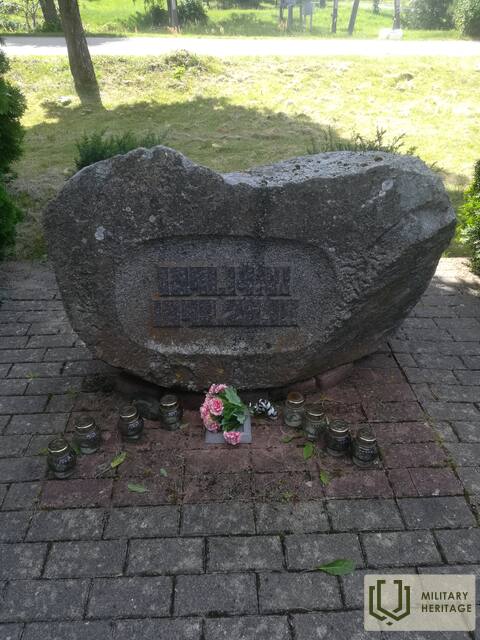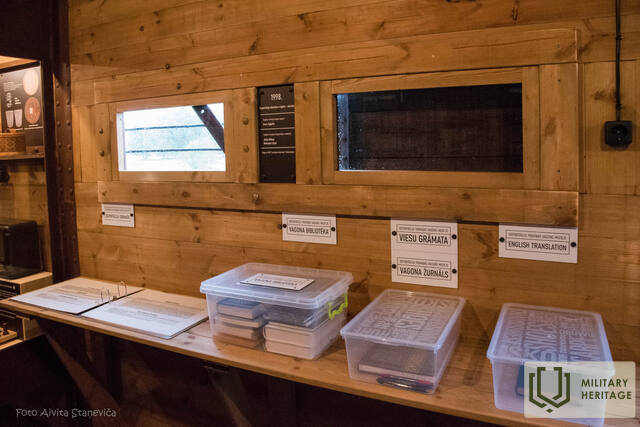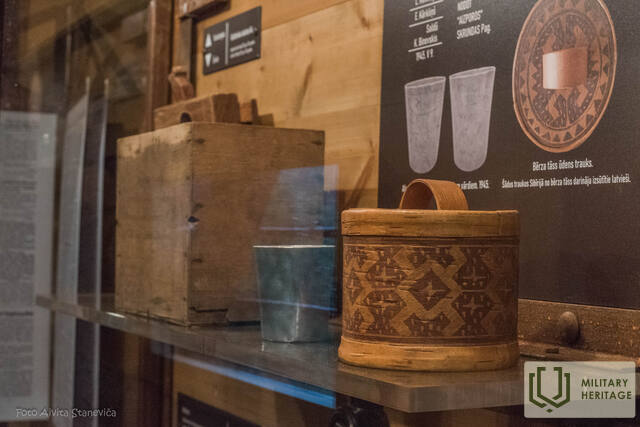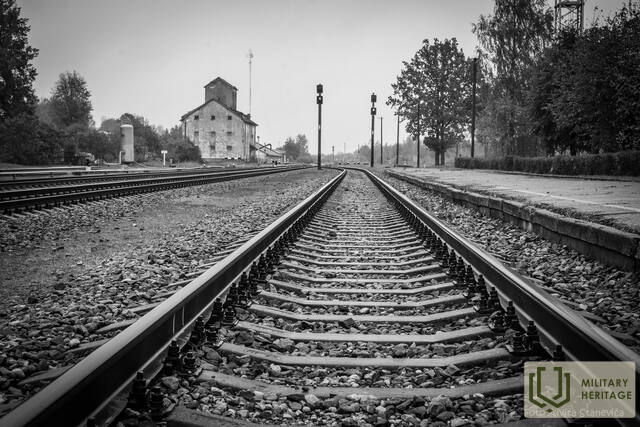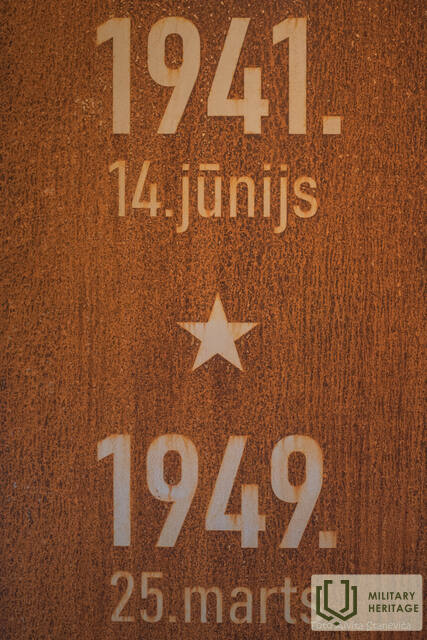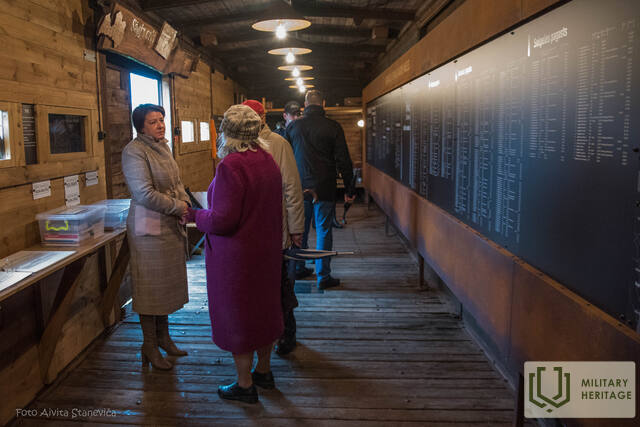Cattle wagon used for deportations – museum at Skrunda train station
Museum

To commemorate the deportations of June 1941 and March 1949, a memorial stone and a four-axle wagon, which also serves as the museum dedicated to deportations, was erected at the Skrunda railway station. This is the first wagon-type museum in Latvia that holds a permanent exhibit of photos, letters, memoirs, documents and various items made by the people deported from the Skrunda station. Skrunda station was a location where deportees were gathered, and one of the three stations in the region to which people from the Skrunda and the Kuldīga area were brought. In 1941, the family of the first President of the restored Republic of Latvia, Guntis Ulmanis, was deported from here to Krasnoyarsk Krai in Siberia.
With the help of deportations, the Soviets dealt with supporters of the national partizans’ and at the same time intimidated the remaining rural population, forcing them to join the collective farms.
Used sources and references:
www.skrunda.lv/lv/turisms/apskates-objekti/skrunda-un-pagasts-/deportaciju-pieminas-vagons-muzejs/
https://enciklopedija.lv/skirklis/108424-1949-gada-25-marta-deport%C4%81cija-Latvij%C4%81
Link to the Gulag and Gulag map: https://enciklopedija.lv/skirklis/36530-Gulags
Related timeline
Related topics
Related stories
The life of General Jānis Baložs after his return from exile
When in 1940 the Russians tried to squeeze a favorable military base agreement from the Latvian government, which would make the Latvian army's ability to resist the Red Army almost impossible, General J. Balodis tried to get some amendments to the agreement. However, this did not work. But the general's detractors used this circumstance to later make J. Balodis almost a traitor. After a conflict with the Prime Minister and State Minister K. Ulmanis, the general was dismissed from the post of Minister of War on April 5, 1940. Then J. Balodis decided to participate in the Saeima elections from the Democratic Bloc, but nothing came of it, because only one list was allowed to run in the elections - the list of communist candidates. Latvia became the 14th Soviet republic.
The deportation train secretly photographed near Skrunda Station in 1949
On 25 March 1949, Elmārs Heniņš, a pupil in Skrunda, witnessed his classmates being taken away. He took his camera and climbed a pine tree on a nearby hill to document what was happening, later hiding the pictures.




